| Book Code: | 142 |
|---|---|
| Subject Code: | 2281 |
| Author: | Imran Latif |
| years Covered: | May/June 2004 To May/June 2023 |
| Publishers: | Read and Write Publications |
Description
142 Economics O Level Paper 2 Topical Past Papers by Imran Latif is a highly beneficial book designed to assist students in their preparation for the O Level Economics Paper 2 exam. This comprehensive collection comprises a wide range of past papers that cover key topics including national income, inflation, unemployment, economic growth, and international trade. Each section of the book contains multiple past papers, accompanied by detailed mark schemes that offer comprehensive explanations on how the papers should be assessed.
Key Features:
1. Comprehensive Collection: The book encompasses a diverse range of past papers, ensuring coverage of all vital topics specified in the O Level Economics Paper 2 syllabus.
2. Topic Relevance: The past papers included in the book align closely with the subject matter and question types encountered in the actual exam, providing students with targeted preparation.
3. Mark Schemes: Each past paper is accompanied by a detailed mark scheme, offering students in-depth explanations and guidance on the marking criteria.
4. Exam Practice: Students can engage in extensive practice by attempting the past papers, helping them familiarize themselves with the exam format, time constraints, and question styles.
5. Performance Evaluation: The mark schemes enable students to assess their own answers and identify areas for improvement, allowing them to refine their exam techniques and enhance their overall performance.
Economics O/IGCSE Level Paper 2 Topical Worked Solutions By Imran Latif
- All Variants included
- Questions order from new to old
- According to the new syllabus
- Classified to subtopics
TABLE OF CONTENT
UNIT 1: BASIC ECONOMIC PROBLEM
1.1: Factors of production
1.2: Opportunity cost
1.3: The nature of the economic problem
1.4: Production possibility curve
UNIT 2: DEMAND SUPPLY AND EQUILIBRIUM
2.1: Demand
2.2: Market equilibrium & price changes
UNIT 3: ELASTICITY
3.1: Meaning and determinants price elasticity of demand (PED)
3.2: Significance price elasticity of demand (PED) for producers
3.3: Significance price elasticity of demand (PED) for government
3.4: Meaning and determinants of price elasticity of supply (PES)
3.5 Significance of price elasticity of supply (PES)
UNIT 4: ECONOMIC SYSTEMS
4.1: Private and public sector
4.2: Types of economic systems
4.3: Privatisation
UNIT 5: MARKET FAILURE
5.1: Definitions of market failure
5.2: Causes of market failure
5.3: Government intervention to address market failure
5.4: Government policies and their limitations
UNIT 6: MONEY AND BANKING
6.1: Functions of money
6.2: Function of central bank
6.3: Function of commercial bank
UNIT 7: HOUSEHOLDS
7.1: Motives to spend or save
7.2: Spending patterns
7.3: Economics systems & allocation of resources
UNIT 8: WORKERS
8.1: Factors affecting choice of occupation
8.2: Wage determination
8.3: Differences in earnings
8.4: Division of labour and specialization
8.5: Trade unions
8.6: Types of payments
8.7: Changes in earning in lifetime
UNIT 9: FIRMS
9.1: Classification of firms
9.2: Small firms
9.3: Causes and forms of growth of firms
9.4: Economies & diseconomies of scale
UNIT 10: FIRMS AND PRODUCTION
10.1: Primary, secondary & tertiary sectors
10.2: Labour intensive vs capital intensive method
10.3: Productivity
UNIT 11: FIRM’S COSTS, REVENUE AND OBJECTIVES
11.1: Definitions and calculations of costs of production
11.2: Objectives of firms
11.3: Govt microeconomic intervention
UNIT 12: MARKET STRUCTURES
12.1: Market structures
12.2: Are monopolies are always bad for consumers?
12.3: Money & banking
UNIT 13: MACROECONOMIC AIMS OF GOVERNMENT
13.1: Macroeconomic concepts
13.2: THE MACROECONOMIC AIMS OF GOVERNMENT
13.3: Conflicts of macroeconomic aims
13.4: Most important macroeconomic aims
UNIT 14: MACROECONOMIC POLICIES
14.1: Government budget and fiscal policy
14.2: Reasons for government spending
14.3: Reasons for taxation
14.4: Classification of taxes – direct and indirect
14.5: Classification of taxes – progressive, regressive and proportional
14.6: Principals of taxation
14.7: Impact of taxation
14.8: Monetary policy
14.9: Supply-side policies
UNIT 15: ECONOMIC GROWTH
15.1: Meaning and measurement of economic growth
15.2: Causes of economic growth
15.3: Consequences of economic growth
15.4: Policies to promote economic growth
15.5: Conservation of resources
UNIT 16: EMPLOYMENT & UNEMPLOYMENT
16.1: Meaning of employment, unemployment and full employment
16.2: Causes/types of unemployment
16.3: Consequences of unemployment
16.4: Policies to reduce unemployment
UNIT 17: INFLATION AND DEFLATION
17.1: Meaning of inflation and deflation
17.2: Measurement of inflation and deflation
17.3: Causes of inflation and deflation
17.4: Consequences of inflation and deflation
17.5: Policies to control inflation and deflation
17.6: Actual value vs percentage value
UNIT 18: ECONOMIC DEVELOPMENT
18.1: Indicators of living standards
18.2: Absolute vs relative poverty
18.3: THE CAUSES OF POVERTY
18.4: Policies to alleviate poverty and redistribute income
18.5: THE FACTORS THAT AFFECT POPULATION GROWTH
18.6: Ageing population
18.7: THE EFFECTS OF CHANGES IN THE SIZE AND STRUCTURE OF POPULATION
18.8: Differences in economic development between countries
UNIT 19: INTERNATIONAL TRADE AND GLOBALIZATION
19.1: Specialisation at a national level
19.2: Role of multinational companies (mncs)
19.3: Benefits of free trade
19.4: Methods of protection
19.5: Reasons for and consequences of protection
UNIT 20: FOREIGN EXCHANGE RATES
20.1: Definition of foreign exchange rate
20.2: Determination of foreign exchange rate in foreign exchange market
20.3: Causes of foreign exchange rate fluctuations
20.4: Consequences of foreign exchange rate fluctuations
20.5: Floating and fixed foreign exchange rates
UNIT 21: CURRENT ACCOUNT OF BALANCE OF PAYMENTS
21.1: Structure
21.2: Causes of current account deficit and surplus
21.3: Consequences of current account deficit and surplus
21.4: Policies to achieve balance of payments stability
UNIT 22: OTHERS
SECTION A
M/J 23/P22/Q1 HOW WILL OIL CHANGE GUYANA?
M/J 23/P21Q1 IS THERE A FUTURE FOR AUSTRALAIN COAL?
O/N 22/P22/Q1 BANK MERGERS
O/N 22/P23/Q1 CHANGES IN ECUADOR’S ECONOMY
M/J 22/P22/Q1 HAPPINESS
M/J 22/P21/Q1 CYPRUS
O/N 21/P22/Q1 India’s airline industry
O/N 21/P23/Q1 Changing eating Habits
M/J 21/P21/Q1 CHANGES IN THE NIGERIAN ECONOMY
O/N 20/P22/Q1 THE DESTRUCTION OF FORESTS IN INDONESIA
O/N 20/P23/Q1 TRAFFIC JAMS IN THE PHILIPPINES
M/J 20/P22/Q1 THE CHALLENGES FACING PAKISTAN
M/J 20/P21/Q1 VIETNAM’S GROWING POPULATION AND ECONOMY
O/N 19/P22/Q1 DRIVERLESS CARS AND ADVANCES IN TECHNOLOGY
O/N 19/P23/Q1 A NEW CAPITAL FOR ZAMBIA?
M/J 19/P22/Q1 PREMIUM FRIDAY
M/J 19/P21/Q1 UNIVERSAL BASIC INCOME (UBI)
O/N 18/P22/Q1 RUBBER PRODUCTION IN LIBERIA
O/N 18/P23/Q1 NIGERIA ADOPTS A FLOATING EXCHANGE RATE
M/J 18/P22/Q1 CRISIS IN THE ICE CREAM MARKET
M/J 18/P21/Q1 BANKING AND UNEMPLOYMENT IN MOROCCO
O/N 17/P02/Q1 FROM INFLATION TO DEFLATION
M/J 17/P02/Q1 Mining diamonds in Botswana
O/N 16/P02/Q1 The mints
M/J 16/P02/Q1 Crisis in the chocolate market
O/N 15/P02/Q1 Mexico: rising to the top?
M/J 15/P02/Q1 Peru And Panama
O/N 14/P02/Q1 Fiscal Policy And An Ageing Population In Japan
M/J 14/P02/Q1 The Challenges Facing Angola
O/N 13/P02/Q1 Prices Rise Faster Than Wages In The United Kingdom (Uk)
M/J 13/P02/Q1 The Communications Monopoly In Mexico
O/N 12/P02/Q1 A New City Is To Be Built In Ghana
M/J 12/P02/Q1 China Decides To Move Towards A More Flexible Exchange Rate
O/N 11 /P02/Q1 The Struggles Of The Ivory Coast’s Cocoa Farmers
M/J 11/P02/Q1 The Dhaka Stock Exchange Is Doing Well
You must be logged in to post a review.

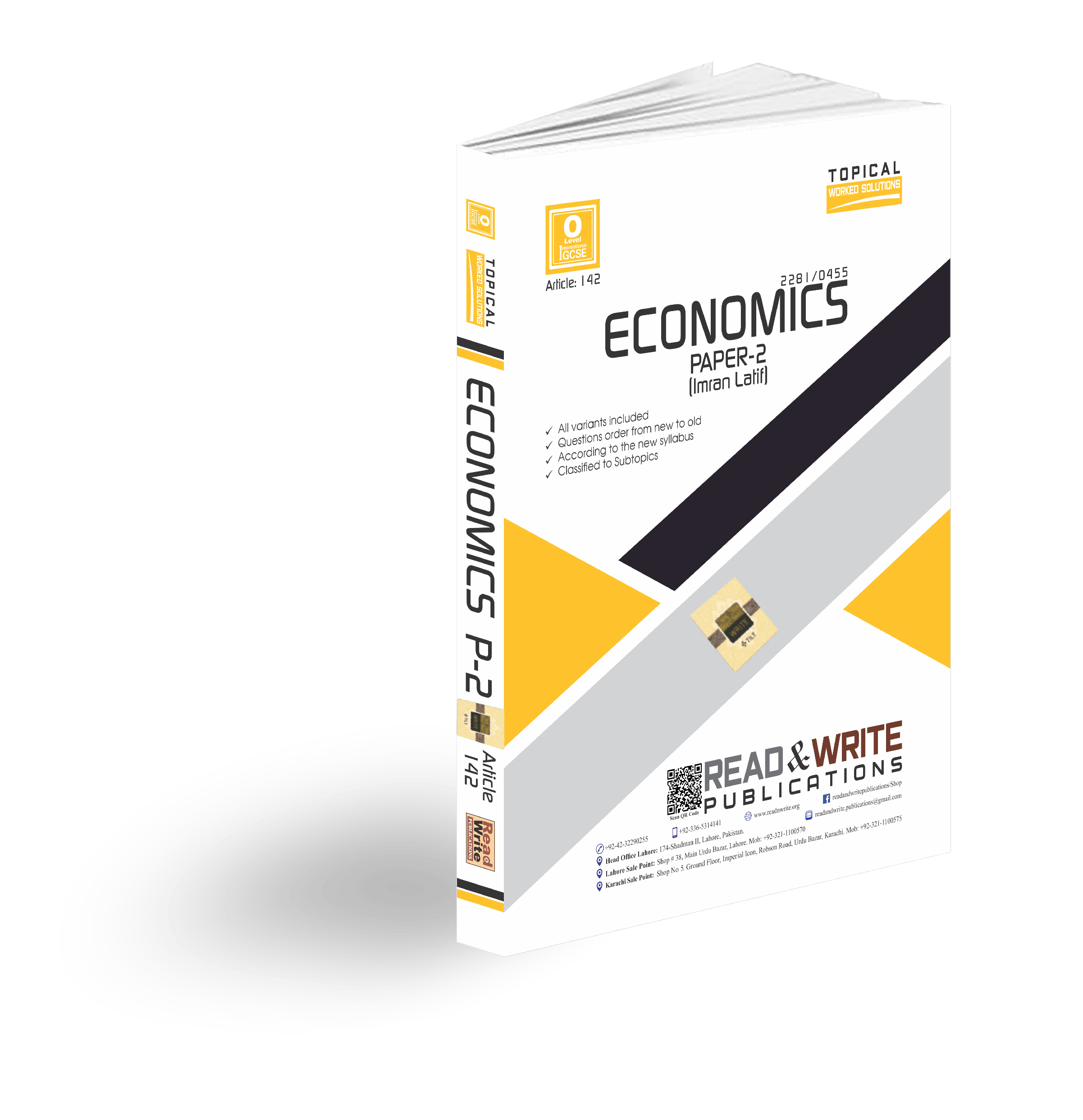
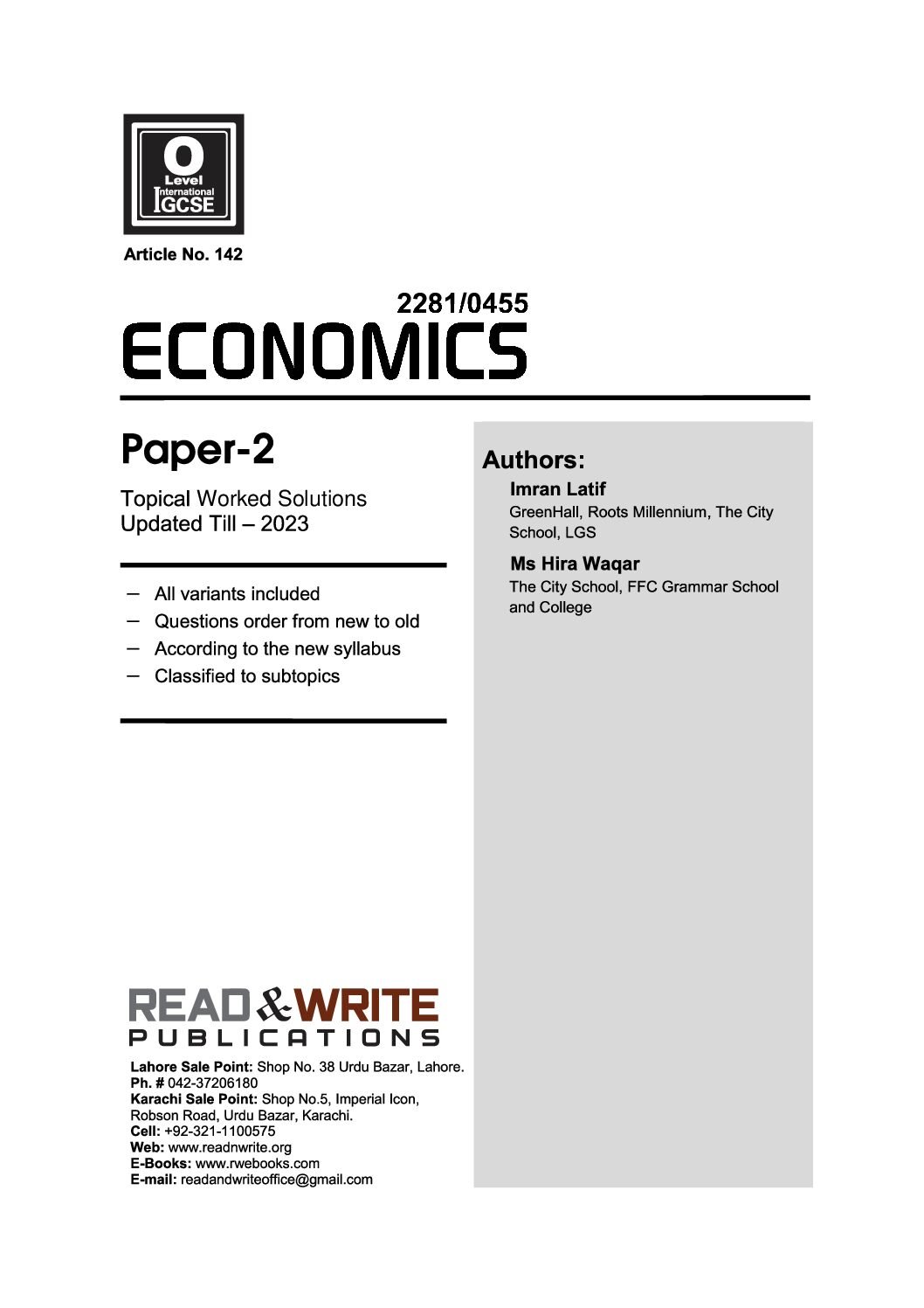
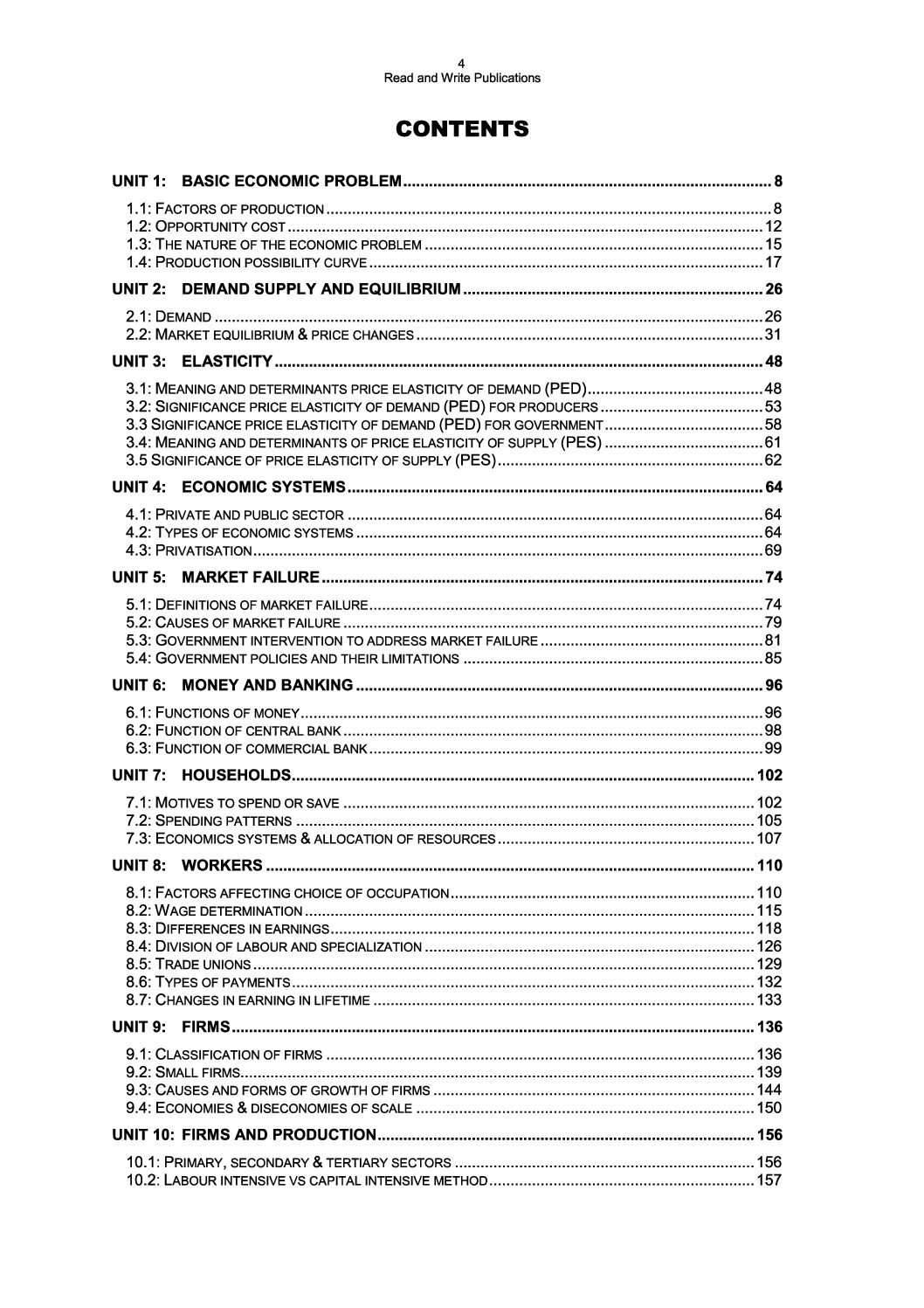
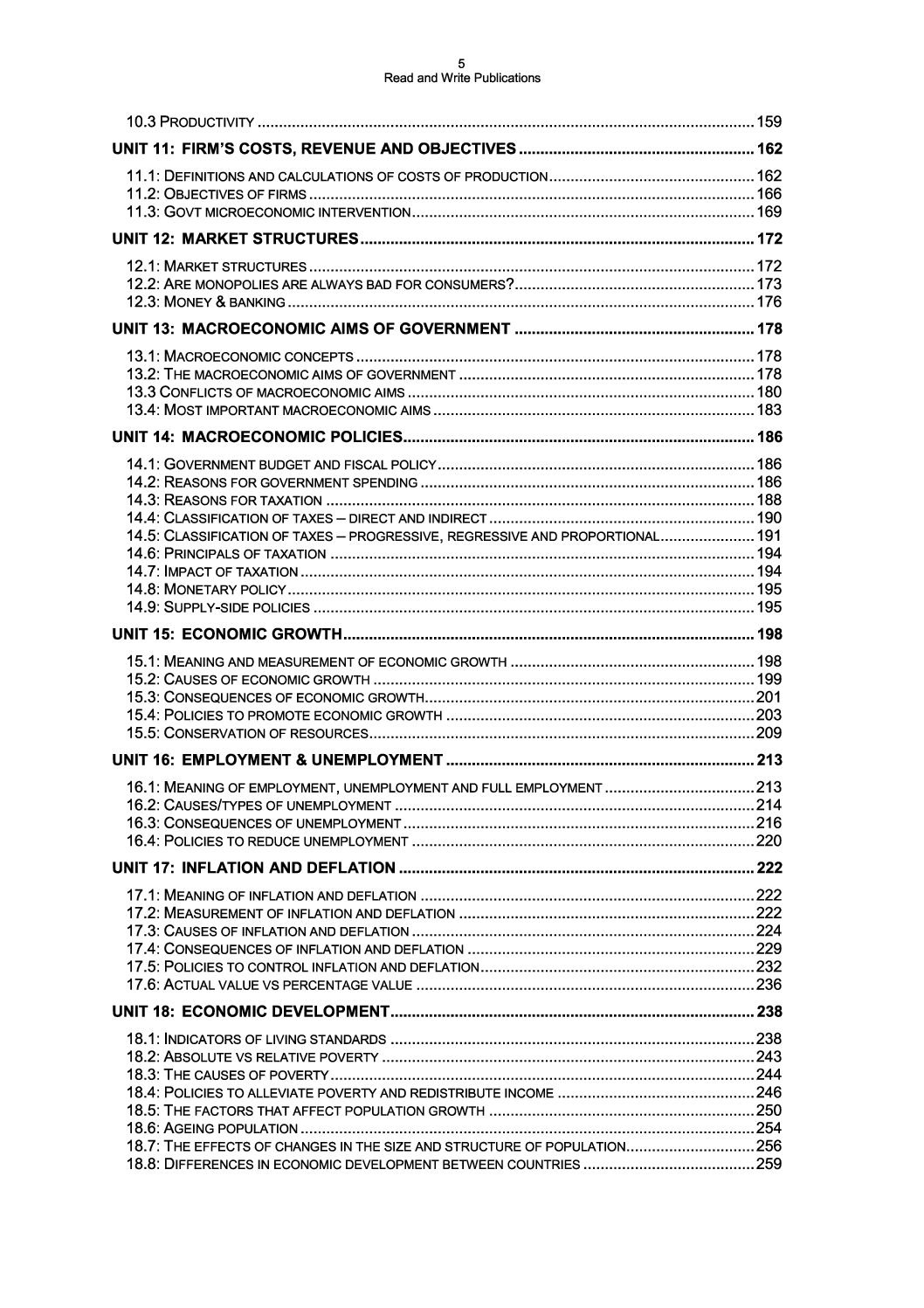
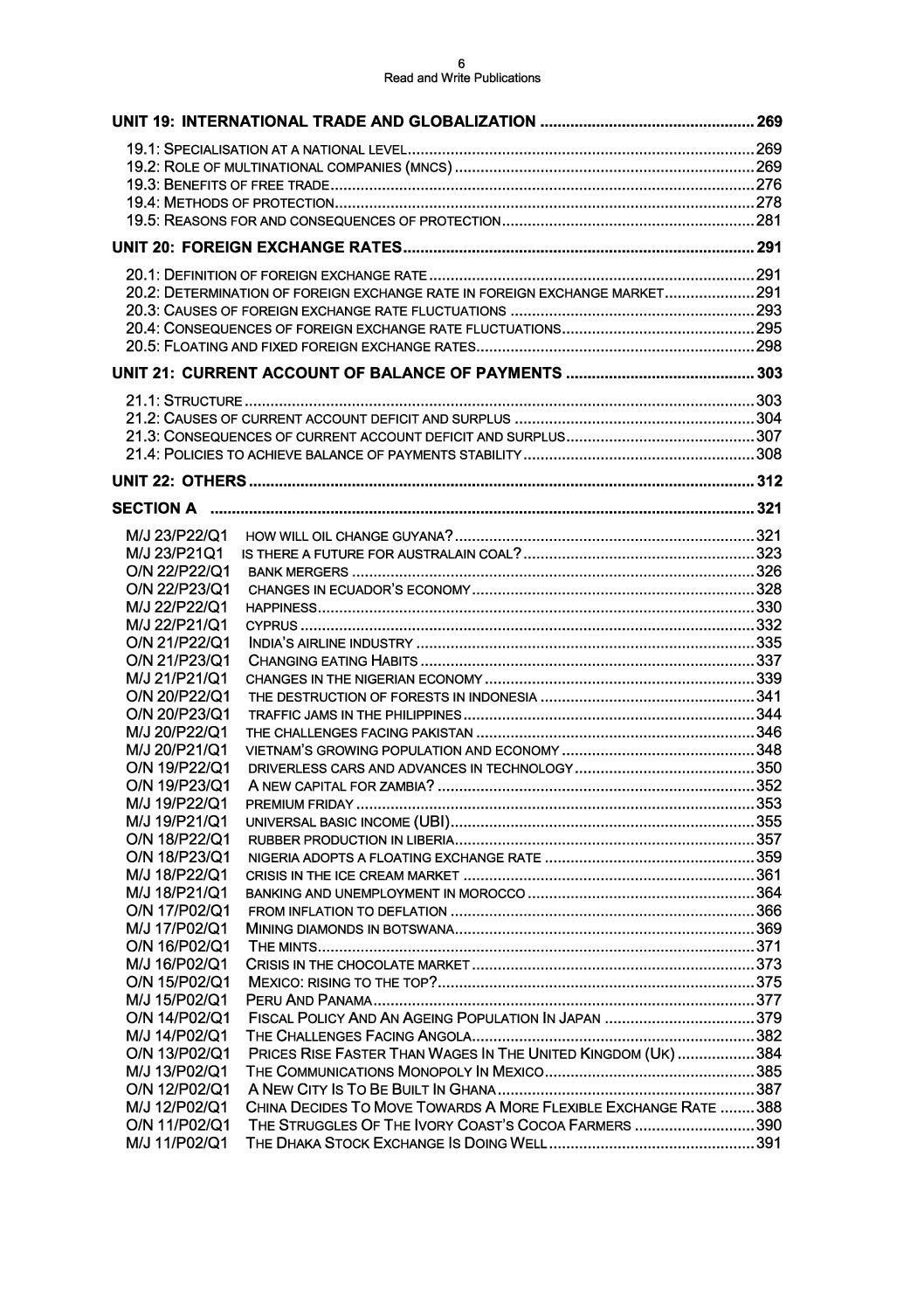
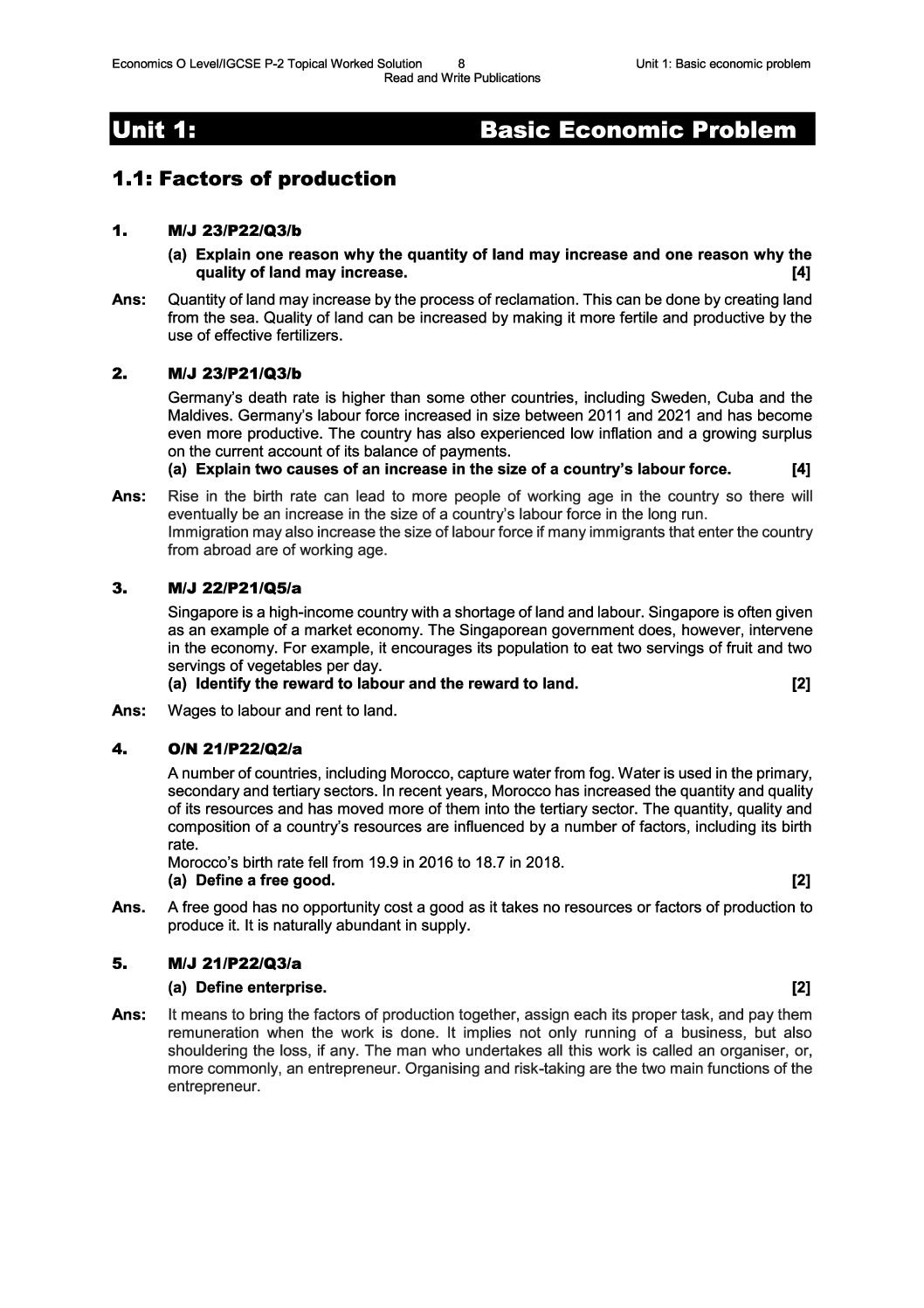



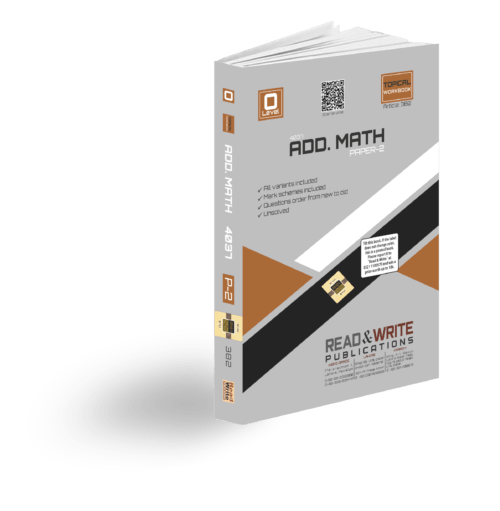
Reviews
There are no reviews yet.